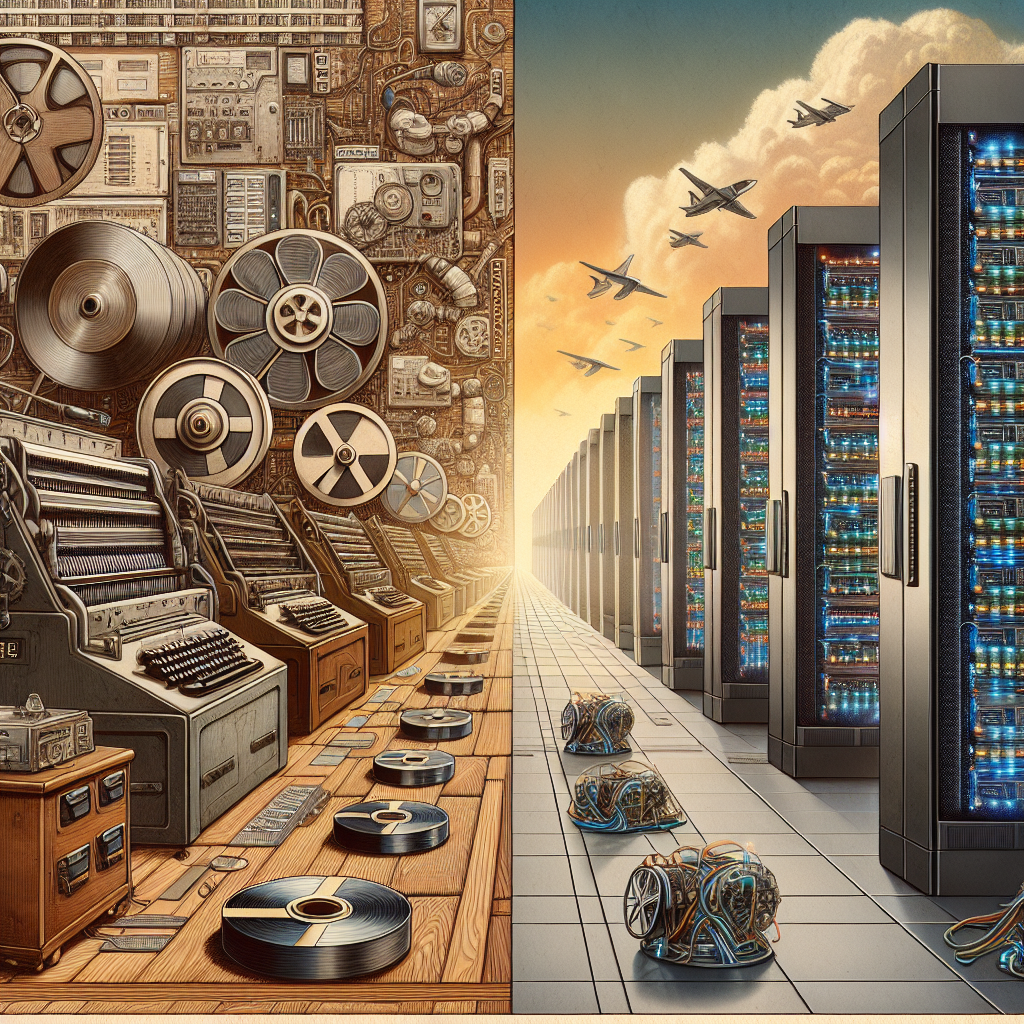Your cart is currently empty!
The Evolution of Data Center Technology: Past, Present, and Future

Data centers have come a long way since their inception in the 1940s. Originally designed to support the processing of punch cards and other forms of early data storage, data centers have evolved significantly over the years to keep up with the growing demands of modern technology.
In the past, data centers were large, centralized facilities that housed mainframe computers and other equipment necessary for processing and storing data. These early data centers were primarily used by large corporations and government agencies that required extensive computing power to handle their operations.
As technology advanced, data centers began to adopt more efficient and scalable technologies, such as server virtualization and cloud computing. This allowed for greater flexibility and reduced costs, as companies no longer needed to invest in expensive hardware and infrastructure to support their data processing needs.
Today, data centers play a crucial role in supporting a wide range of digital services, from cloud storage and e-commerce to social media and streaming services. With the rise of big data and the Internet of Things (IoT), data centers have become even more essential for processing and analyzing vast amounts of information in real-time.
In the present day, data centers are becoming increasingly decentralized, with companies opting for a hybrid approach that combines on-premises data centers with cloud services. This hybrid model allows organizations to scale their infrastructure more effectively and ensure high availability for their critical applications.
Looking to the future, data center technology is expected to continue evolving to meet the demands of an increasingly connected world. This includes innovations such as edge computing, which brings computing power closer to end-users to reduce latency and improve performance for real-time applications.
Additionally, advancements in artificial intelligence and machine learning are expected to play a significant role in optimizing data center operations and improving energy efficiency. By leveraging AI-driven analytics, data centers can better predict and prevent potential issues, leading to increased reliability and reduced downtime.
Overall, the evolution of data center technology has been driven by the need for greater efficiency, scalability, and reliability in supporting the digital services that have become essential in today’s world. As technology continues to advance, data centers will continue to adapt and innovate to meet the ever-changing needs of businesses and consumers alike.

Leave a Reply